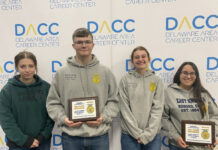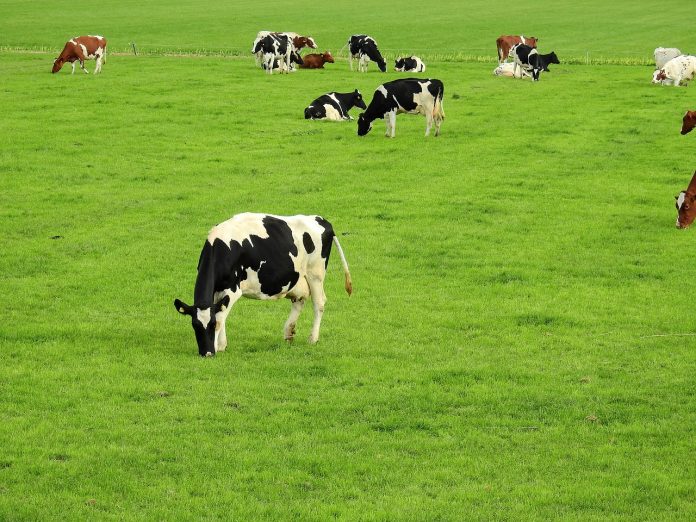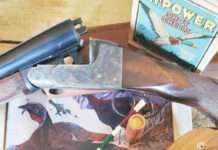The heat of summer has returned to the mid-west and mid-Atlantic. Recently, an observation was made that in the west, there is legislation because there is a lack of water to meet all the demand, but here in the east, we have legislation because we have so much water it leaves our farms, and there are concerns with managing the runoff. Even though we are water-rich in the eastern growing belt, we still must use it properly and manage for dry spells in our fields and make sure our livestock have appropriate access.
When the heat goes over 90 F, I pull out the charts discussing water intake of livestock and use it for a discussion point. As we transition into these later summer periods, we reach a point in time where pasture productivity may be at its lowest and we must balance selection of resources and be thinking about pasture health and longevity.
Overgrazing
What is overgrazing, really? Let’s consider two states of existence in the pasture and grazing: grazing animals remove only a small amount of leaf area, or, grazing animals remove most of the available leaf area every few days. How will a sward respond in these two scenarios?
In the first scenario, leaf area remains intact on the plant, and this means photosynthesis can proceed. This is favorable because photosynthesis builds carbohydrate stores (think energy and resources) while top and root growth is progressing. If animals can remove more leaf area in the second scenario of more persistent grazing, the end result is less root growth and less energy stored resulting in a slower rate of pasture recovery. Less energy stored means lower yields, less growth and less resilient pastures.
Generally cool-season grasses should have 3 to 4 inches of residual leaf area to optimize pasture recovery. Recovery periods can vary from two weeks in ideal conditions to six weeks in the throes of warmest July and August months. The effects of overgrazing too much can carry into reduced productivity in the subsequent year.
Leaf growth
What else encourages leaf growth? Seed stems elongate as the temperatures warm up and day length increases. When we clip seed heads, it stimulates more vegetative growth. If we look at this through the lens of plant resources discussed above, clipping seed heads drives energy reserves back into vegetative growth.
Growing points
Another aspect of managing overgrazing risk is understanding where growing points are in grasses and legumes. We use the phrase “growing points” to refer to the cluster of plant tissue cells from which new plant tissues originate. In alfalfa, the growing point is near the tip of the growing stem and thus easy to remove by grazing. In red clover, the growing point is lower down, and in white clover, the growing point is very near to the soil surface and very resistant to overgrazing. Most of our grasses have very low growth points. One property that results in a more persistent species is how easily those growth points are clipped off in grazing.
Optimize
At the end of the day, it is well understood that we run animals through pasture, they graze, the grass grows back and we repeat the process. No news there. The real question is how to optimize and increase efficiencies on farm and use growth cycles of forage to generate greater yield.
All of the recommendations on mowing height and grazing height tend to be built on the principals above, and in our local region, we certainly focus on cool season plants, though we have some options to take advantage of some warm season plants to diversify our summer harvest.
Optimum forage yield is achieved by harvesting plants when they are at a high point in energy reserves that removes most of the forage but leaves an adequate stubble that allows the plant to return as quickly as possible back to that high energy reserve state. Every grazing system should be built with this concept in mind.













